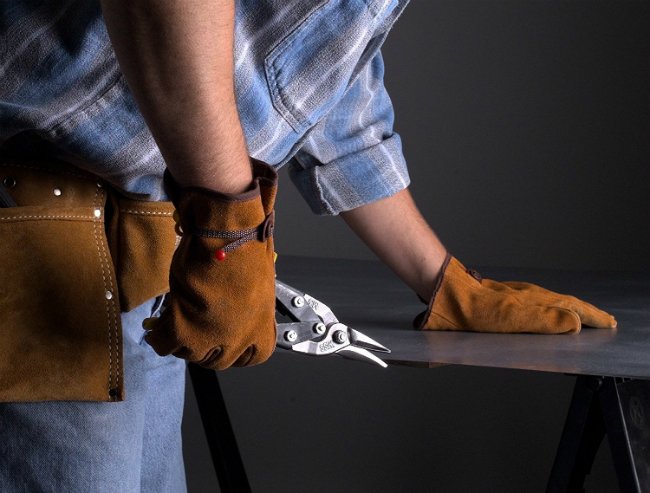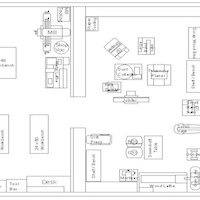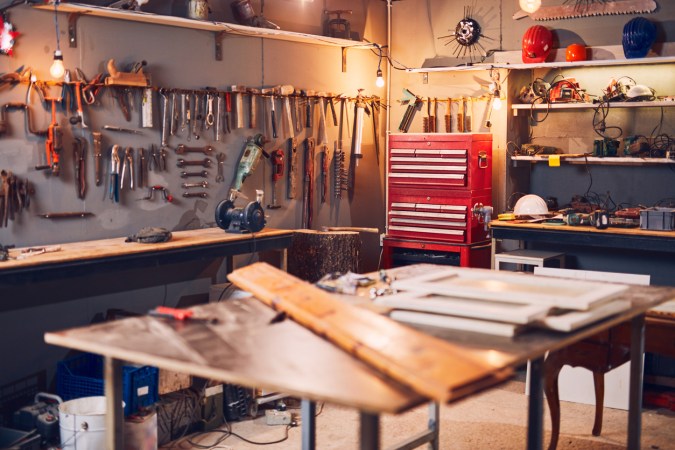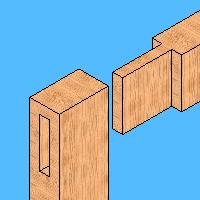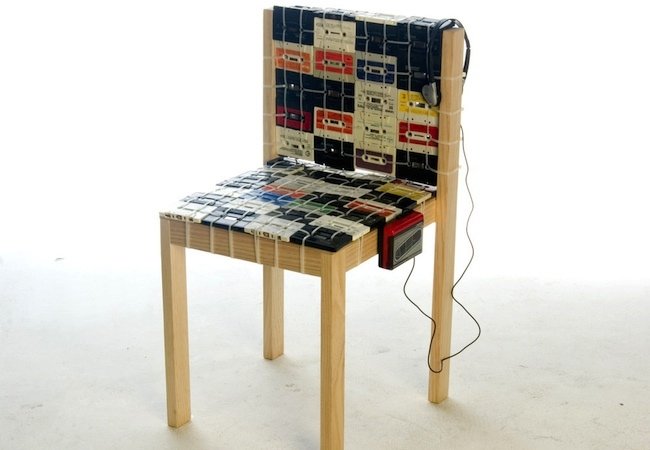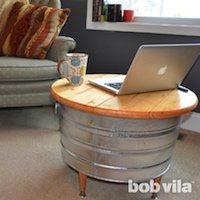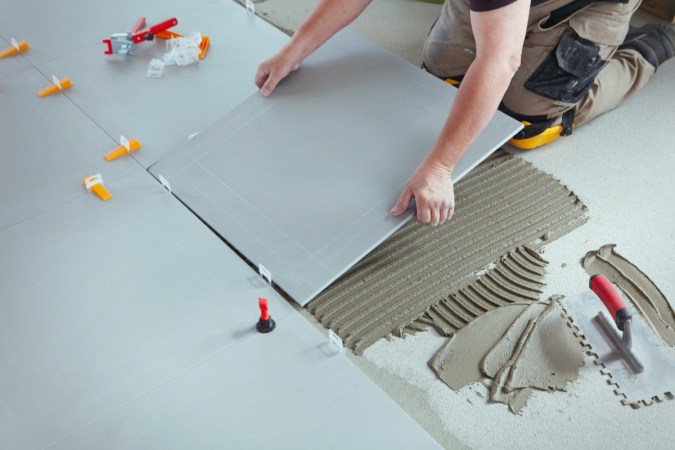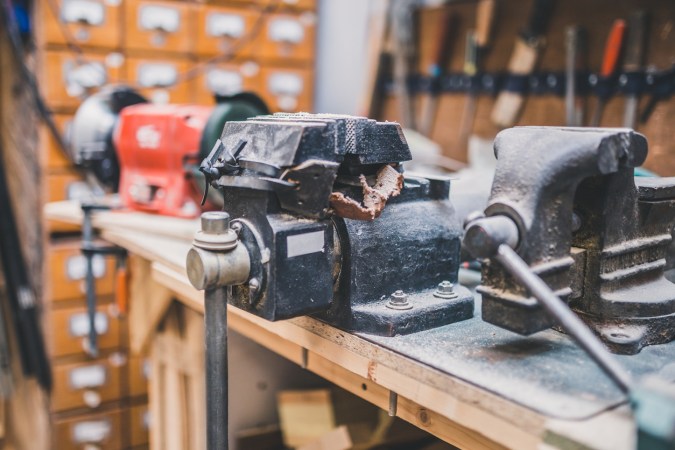We may earn revenue from the products available on this page and participate in affiliate programs. Learn More ›
Whether you’re repairing HVAC ducts, replacing roof flashing, or tackling the occasional metal craft project, you’ll wind up working closely with sheet metal.
A sheet of copper, tin, or aluminum used in residential applications is often very thin, making it easy to bend, score, or gouge while you manipulate it. To sidestep these rookie mistakes, selecting the right tool is the crucial first step in how to cut sheet metal. A variety of tools—hammer and chisel, angle grinder, or hacksaw, to name a few—may be up to the task, but tin snips are typically the best and most economical option for do-it-yourselfers.
Also referred to as aviator snips, these scissor-like hand tools cut sheet metal materials up to 18-gauge in thickness accurately without leaving a ragged, bent edge as the finished product. Pick them up from your local home improvement center for $15 to $20 each, and you can start making controlled cuts in either straight lines or curves.
Tools & Materials
Bobvila.com may earn a commission from purchases made through these links.
- Tin snips
- Sawhorses
- Tape measure
- Carpenter's pencil
- Yard stick
- Safety glasses
- Wood clamps
- Safety glasses
- Work gloves
- Power drill
- Metal-cutting drill bit
- Metal file
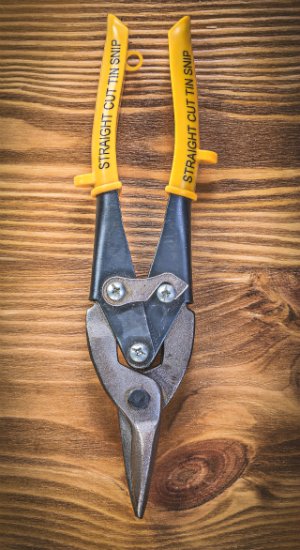
Step 1
Purchase a pair of tin snips suitable for the type of cutting your project entails, straight or curved. Many tin snip manufacturers color code the handles to represent the three basic varieties: red handles indicate that the snips cut left, green-handled snips cut right, and yellow-handled snips cut straight.
Step 2
Set up a sturdy, stable workbench capable of supporting the size of sheet metal you intend to cut. Typically, a 4-foot by 8-foot sheet of plywood or similar material supported by two sawhorses makes an ideal workbench for sheet metal projects.
Step 3
Place the sheet metal on top of the workbench and lay out your pattern using a tape measure, pencil, and straightedge.
If your project requires curved cuts, make an easy, economical, and adjustable template creating the desired curve first using a piece of plastic molding. Clamp two wooden blocks (at least 2 inches in height size) along an 8′-long 1×2 furring strip, then bend a piece of 1/2-inch or less plastic quarter-round molding to slide between them. Together, between the straight cut of wood and the curved molding, you’ll achieve a setup that looks like the letter “D.” The blocks hold each end of the molding in place, and their distance apart from one another controls the curve. Simply loosen the clamps and reposition the blocks to adjust the shape of the curve as needed. Once you’re happy with the shape, place the whole arrangement atop your sheet metal to trace, then remove.
Step 4
Don your safety glasses and work gloves, and grab your tin snips. At the beginning of each cut, it is important to open the tool completely and seat the edge of the sheet metal as deep as possible in the jaws. Align the tool’s blade with your pattern line (the penciled line you intend to cut along), maintaining contact between the sheet metal and the upper blade of the tin snips. Squeeze the handles in one hand to make the cut, and repeat this process until the cut is finished.
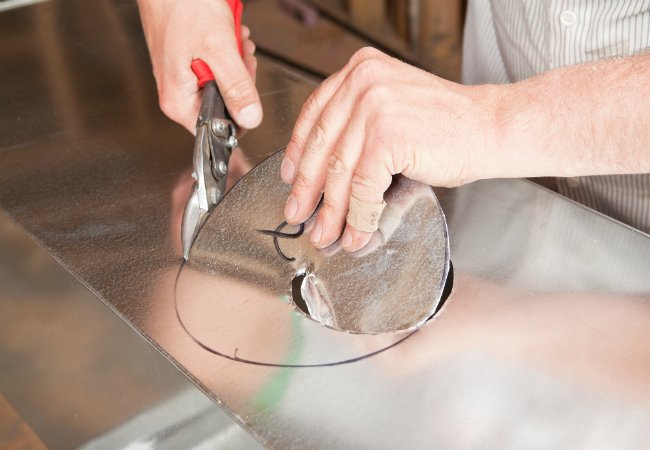
Step 5 (optional)
If your project requires cutting a hole in the center of sheet metal, draw it on the metal as you would any other cut line. Then, create a pilot hole within the penciled circle using a power drill fitted with a 1/2-inch or greater metal-cutting bit in order to accommodate the jaws of the tin snips. Place the tips of the tin snip jaws in through the pilot hole and cut your desired radius using the appropriate left or right hand curved tin snips.
STEP 6
Finally, run a metal file along the edges to clean them up and remove any lingering burrs from your fresh cut.
